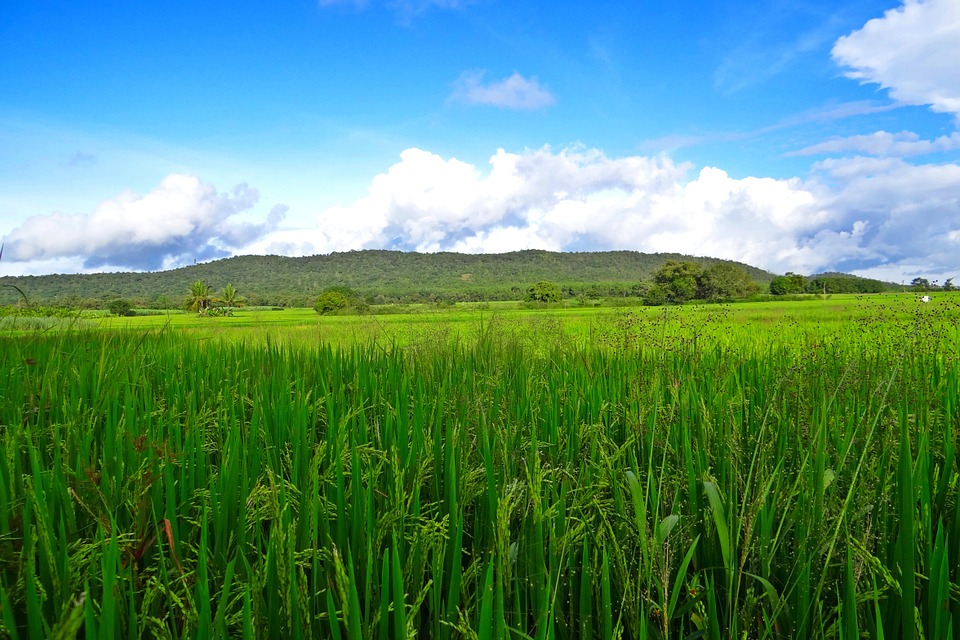Agricultural authorities have not reported any adverse weather conditions so far, two months into the rice planting season, although locusts have caused damage in some areas.
Upland rice fields in some parts of Huaphan and Luang Namtha provinces were invaded by the Yellow-Spined Bamboo Locust, according to the Agriculture Department of the Ministry of Agriculture and Forestry.
Farmers around the country have so far planted more than 80 percent of the wet season crop and author ities expect planting to finish over the coming weeks.
The ministry is aiming for farmers to plant 586,750 hectares of rice with a projected yield of 3.4 million tonnes.
Agricultural authorities are confident that the nation’s farmers will achieve the target if the crop is not affected by floods.
The ministry has directed provincial agriculture and forestry sectors to advise the adoption of new techniques as well as the use of good quality seeds and modern machinery.
The gover nment has also approved 20 billion kip in funding for irrigation system improvement.
The government has provided the ministry and provincial authorities with over US$200,000 for the control of the Yellow-Spined Bamboo Locust in 13 districts of Phongsaly, Luang Prabang and Huaphan.
In addition, the Food and Agriculture Organisation of the United Nations has provided US$328,000 through a grant from the UN Central Emergency Response Fund, which has financed technical advice, a fleet of vehicles, and other support.
The government of China has also contributed in the form of 200 backpack spraying machines and 18,000 kg of insecticide. The campaign again the locusts took place from late April until the end of June. Of more than 300 target areas in the three provinces, 30 percent had been sprayed by mid-May, with the remaining areas treated in June.
This year, the ministry hopes farmers will produce 4.2 million tonnes of rice in total, of which 600,000 tonnes is dry season rice, 3.4 million tonnes is wet season rice, and 200,000 tonnes is upland rice.
After the cold weather struck in the w inter months, it is thought some northern farmers decided to plant other crops instead, causing a decline in the dry season rice harvest.
The ministry encouraged farmers to plant 113,000 hectares of dry season rice but they planted only 99,315 hectares, while the harvesting of fields remains at 98,678 hectares.
Source: Vientiane Times



